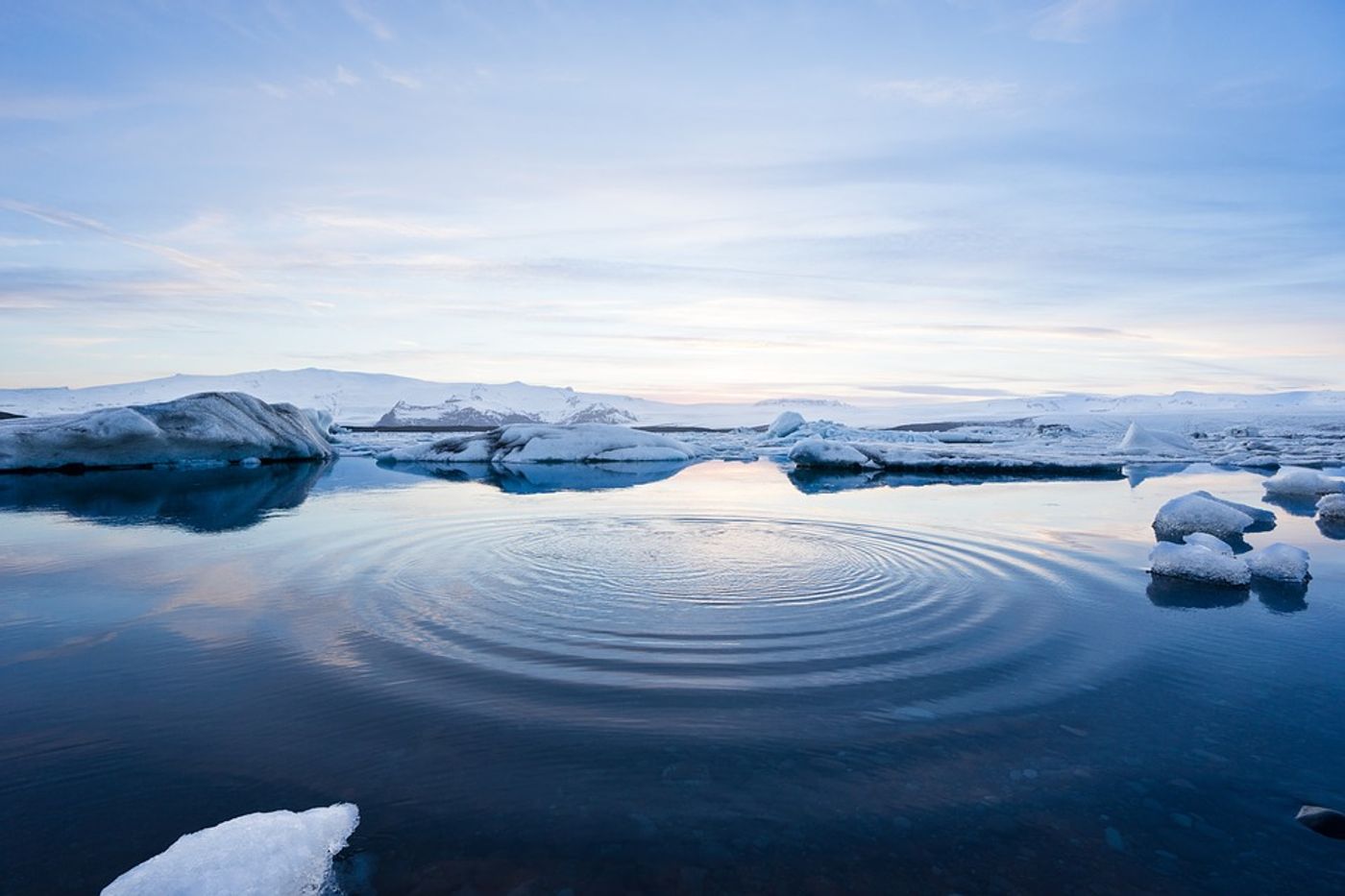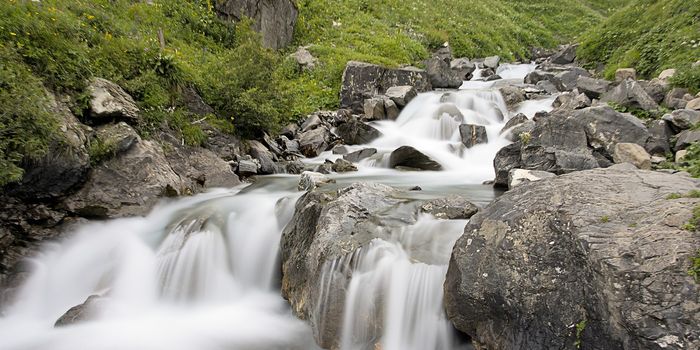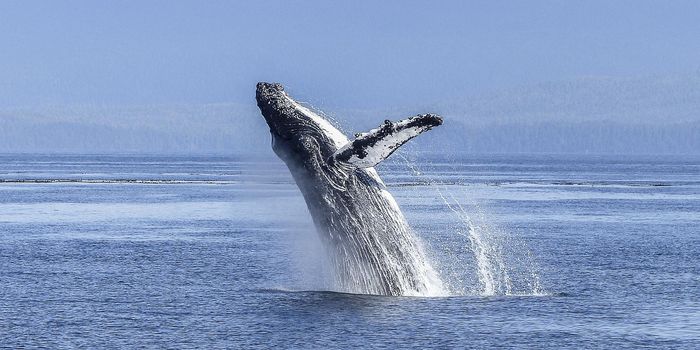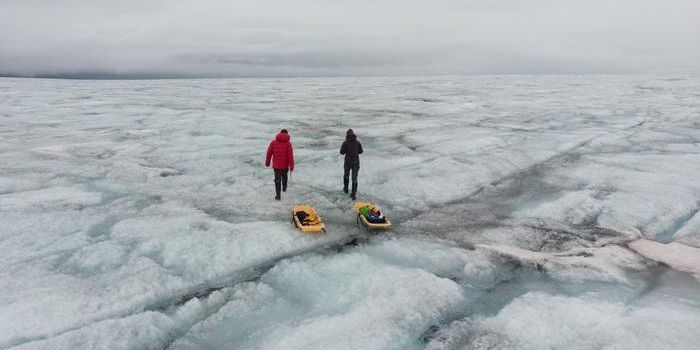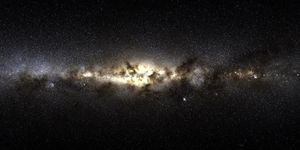Phytoplankton have taken over the Arctic - but not because of why you think
Within the past ten years, blooms of phytoplankton have taken over the Arctic. Phytoplankton, tiny algae that photosynthesize, are at the foundation of the Arctic’s food web, meaning the majority of Arctic ecosystems depend on them in some way or another. The Arctic is the fastest-warming region of the world and as sea ice has disappeared, open water and a longer growing season have allowed for phytoplankton abundances to surge. Or, at least that’s why we thought they were surging. But Stanford researchers now suggest there may be another reason.
According to the scientists, phytoplankton primary production rose by more than half in the last decade because of increased phytoplankton concentrations. The team, led by Senior author Kevin Arrigo, a professor at Stanford's School of Earth, Energy & Environmental Sciences, says that the rates of net primary production (NPP) increased 57% between 1998 and 2018. This signifies a “regime shift” for the region, they say.
NPP measures how quickly plants and algae convert sunlight and carbon dioxide into energy. "The rates are really important in terms of how much food there is for the rest of the ecosystem," Arrigo said. "It's also important because this is one of the main ways that CO2 is pulled out of the atmosphere and into the ocean.” And even more important to note, he says, is that "The increase in NPP over the past decade is due almost exclusively to a recent increase in phytoplankton biomass."
That basically means that the algae are no longer expanding just because there is more area (due to more open water and less sea ice), now they are growing in volume in greater concentrations. The scientists describe the result as an algae soup, and it means that nutrient-availability has not yet become a limiting factor for algal growth, as was predicted by previous studies.
"It's still early days, but it looks like now there is a shift to greater nutrient supply," said Arrigo. "In a given volume of water, more phytoplankton were able to grow each year," adds lead study author Kate Lewis. "This is the first time this has been reported in the Arctic Ocean."
Their findings, published in Science, suggest that the Arctic Ocean may be able to support higher trophic-level production and additional carbon export, which helps us imagine what our “new” Arctic might look like.
"There's going to be winners and losers," Arrigo comments. "A more productive Arctic means more food for lots of animals. But many animals that have adapted to live in a polar environment are finding life more difficult as the ice retreats."
Sources: Science, Science Daily
